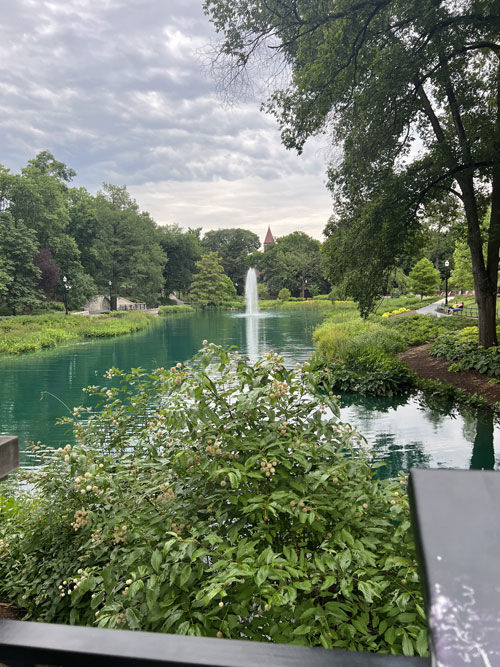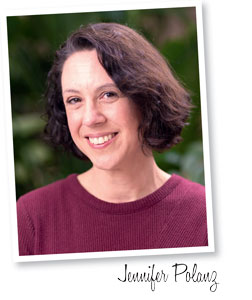4/30/2025
Are We Missing College Students?
Jennifer Polanz

I don’t have data to back this question up, so maybe I’m just wondering out loud in a magazine. But I do have some anecdotal evidence that there may be an opportunity to grow this market. Hear me out.
First off, I’ve been visiting college campuses for the past year in pursuit of finding the right fit for my eldest child. One thing I’ve noticed about these campuses (aside from the sheer amount of people on them) is they’re very well landscaped. In fact, I was stunned by how beautiful the beds were at Kent State University. Of course, Michigan State University had pretty grounds, but I expected that from such a hort-focused institution (they also have a pretty amazing ice arena), and The Ohio State University is lovely with the Oval and Mirror Lake.
Right: A beautiful view of Mirror Lake at The Ohio State University.
That means the college kids and faculty are used to being surrounded by beauty. Is it such a stretch that they would like to be surrounded by that beauty in their dorms, apartments and homes (for faculty), too? URBN, the parent company for Terrain, doesn’t think it’s a stretch. They just opened a new retail location at Delaware Valley University (commonly called DelVal) in Doylestown, Pennsylvania. DelVal has a long history of horticulture, starting as the National Farm School in 1896 “with a mission of educating young men in both the science and practice of farming,” according to the school’s website. Industry consultant, retailer and friend David Williams recently visited, and you can find his take on the new Terrain.
My question is also informed by an experience of my own. I recently visited College Gardens, an independent garden center a stone’s throw away from Penn State University in State College, Pennsylvania. Co-owner Nancy DuBois told me that eight to 10 years ago, no college kids would even browse their store, but now about half of their houseplant sales are students. And they’re educated about the plants they’re looking for, which are often rare and difficult-to-find plants. The education part is often half the battle, so that’s pretty exciting to hear!
Another tidbit that piqued my interest came from a side discussion with Emily Kellett, owner of STUMP, an independent chain of houseplant shops with six locations in Ohio, Pennsylvania and Georgia. I talked with her about my cover story on tall foliage. But in our side discussion, she’d noted that her stores do well in locations where there are more apartments, with people coming and going more frequently.
All of these line up with the idea that maybe there are sales to be had around college campuses, particularly during move-in times. Perhaps it’s not as much of a commitment as a whole store there, as Emily noted that it can be difficult to situate a store within walking distance of a campus. But perhaps there’s opportunity for pop-up shops, partnering with another campus-area retailer or even working with the school’s hort program. These are just some ideas to consider before most schools start the fall semester in August. Let me know if you consider this at jpolanz@ballpublishing.com.
Before you shoot me that email, though, check out a few more of the stories in this issue, including two landscaping-focused pieces—one on tough roses for landscapes and another on considering wildfire dangers when landscaping.
Senior Editor Bill Calkins dove into building your value proposition and what that means. With customers unsure about what’s happening economically, you can ensure they know what they’re getting from you with a solid message via your value proposition. And, finally, longtime columnist Bill McCurry took a look at how some retailers cut their hours and even the days they’re open after COVID, and what impact it had on their business. The results might surprise you.

If you’re interested, tune in next month to find out what school my daughter chose. Wherever it is, though, I know it’s going to be a pretty campus! GP